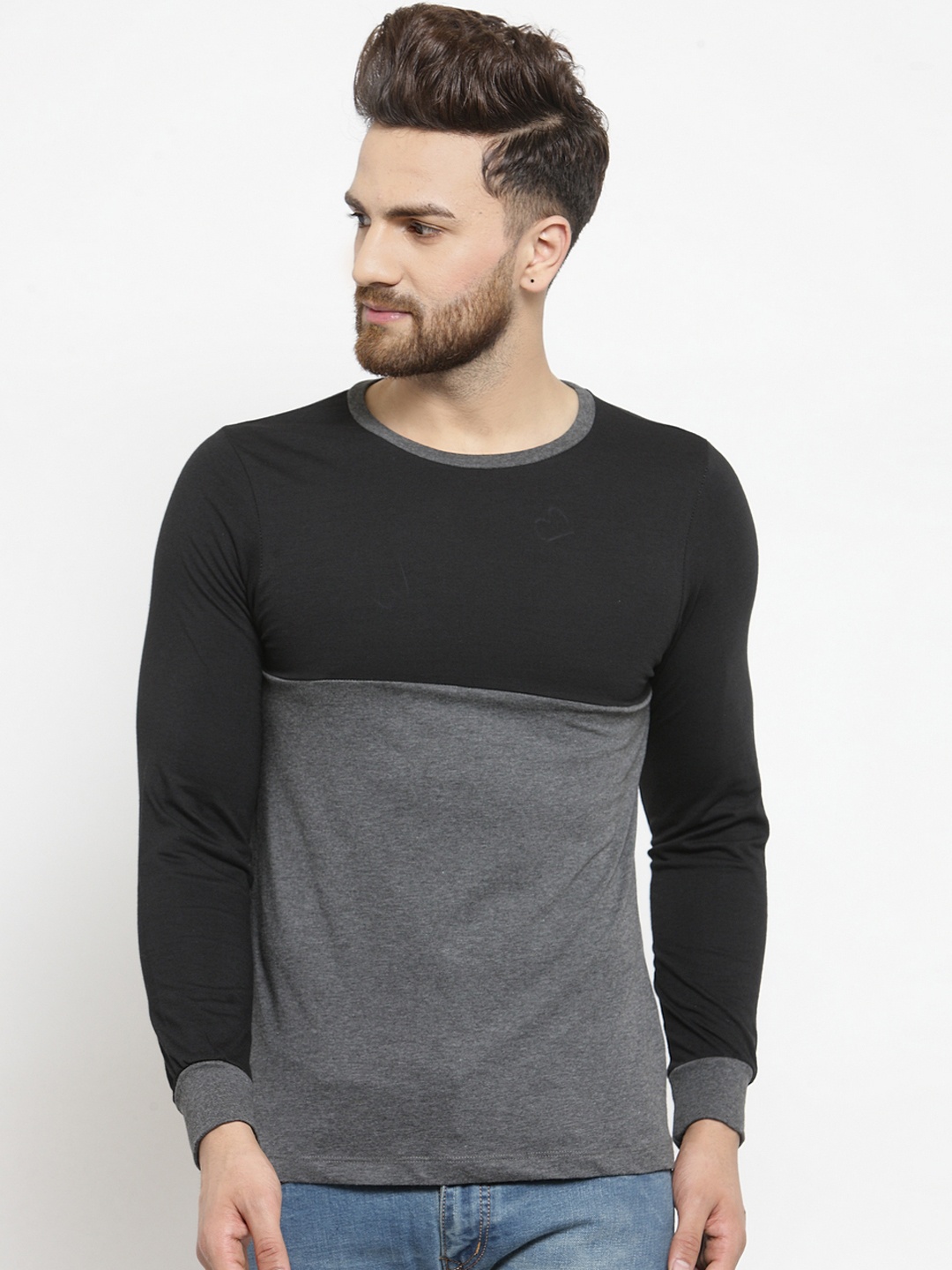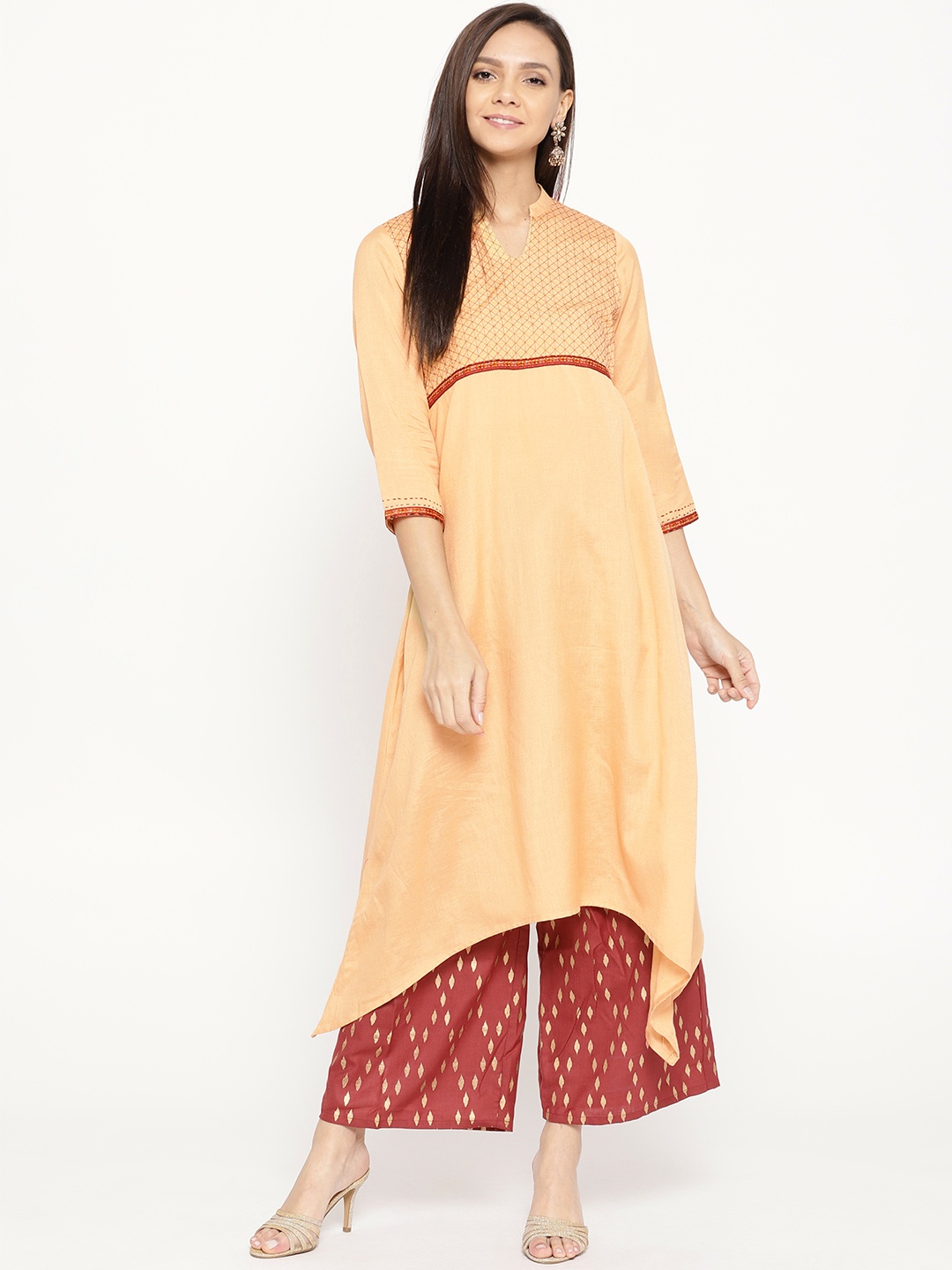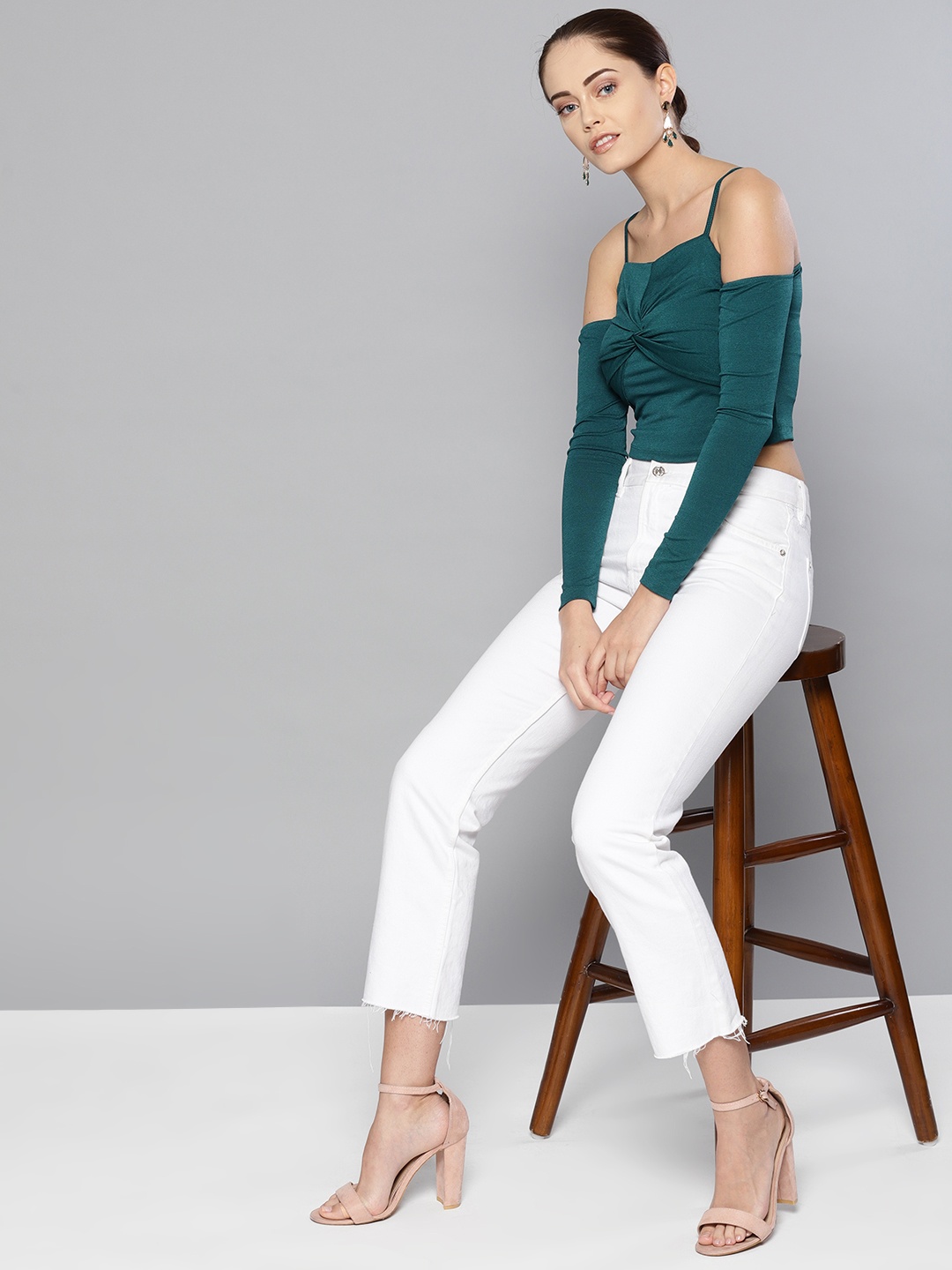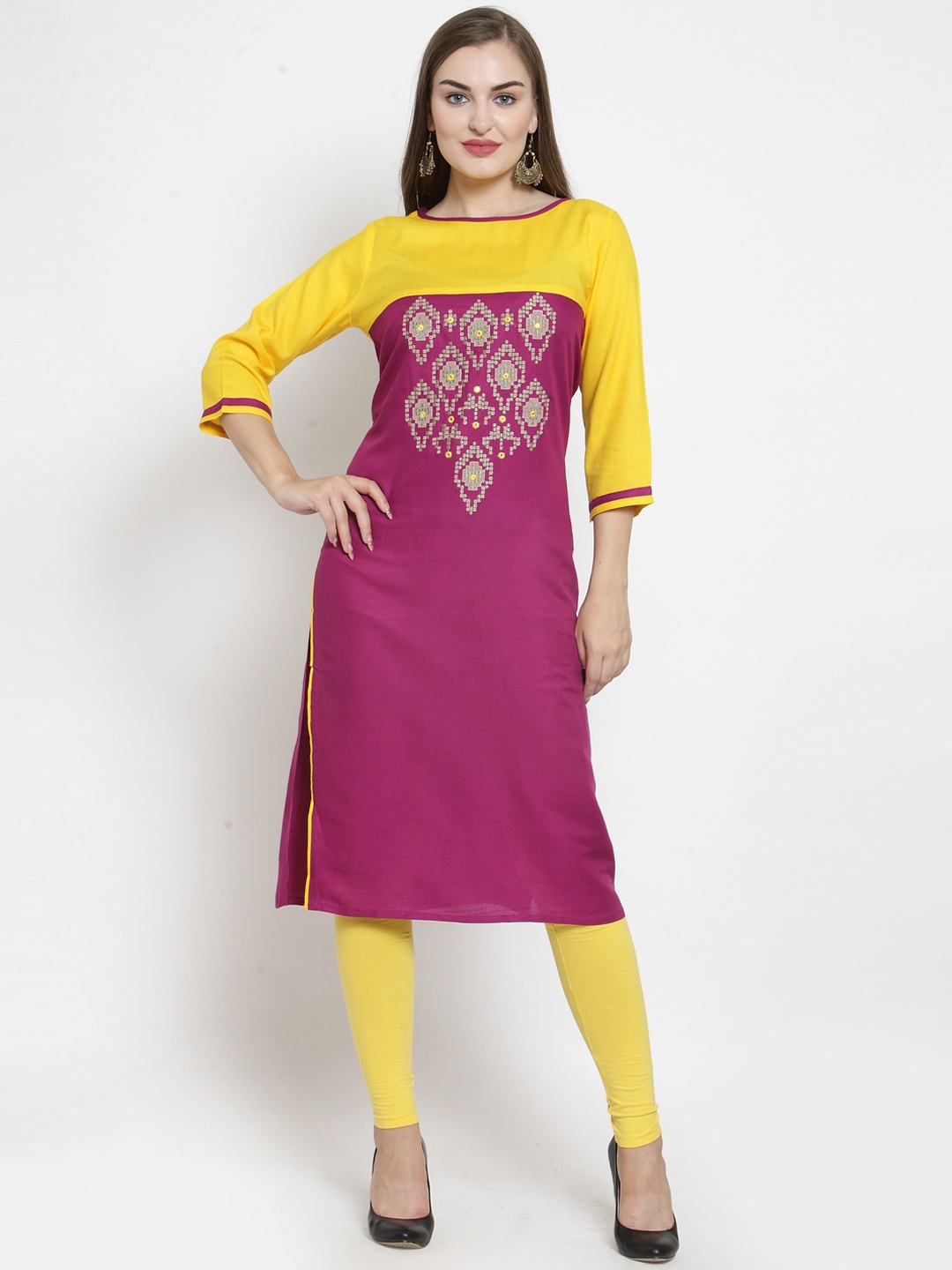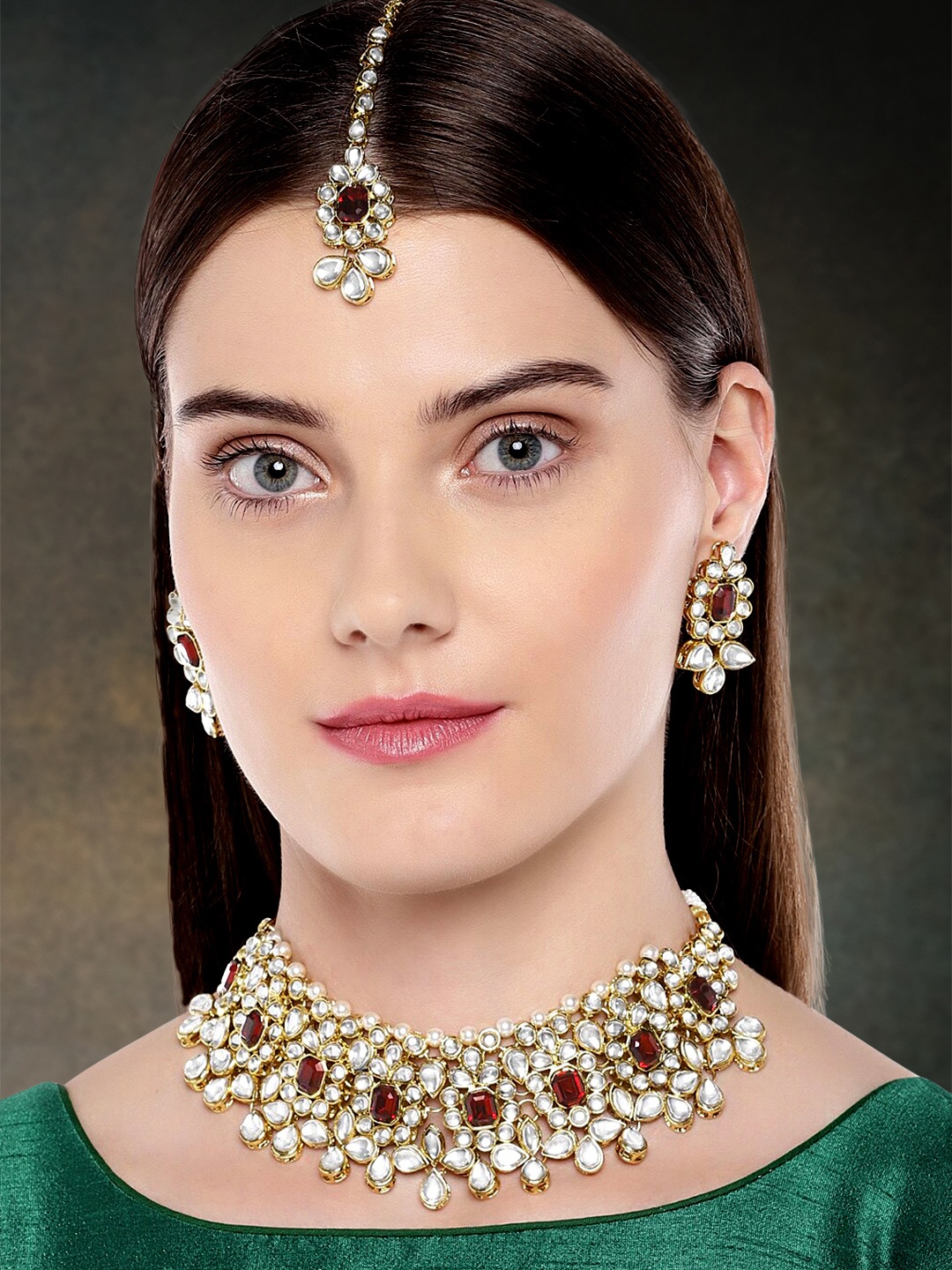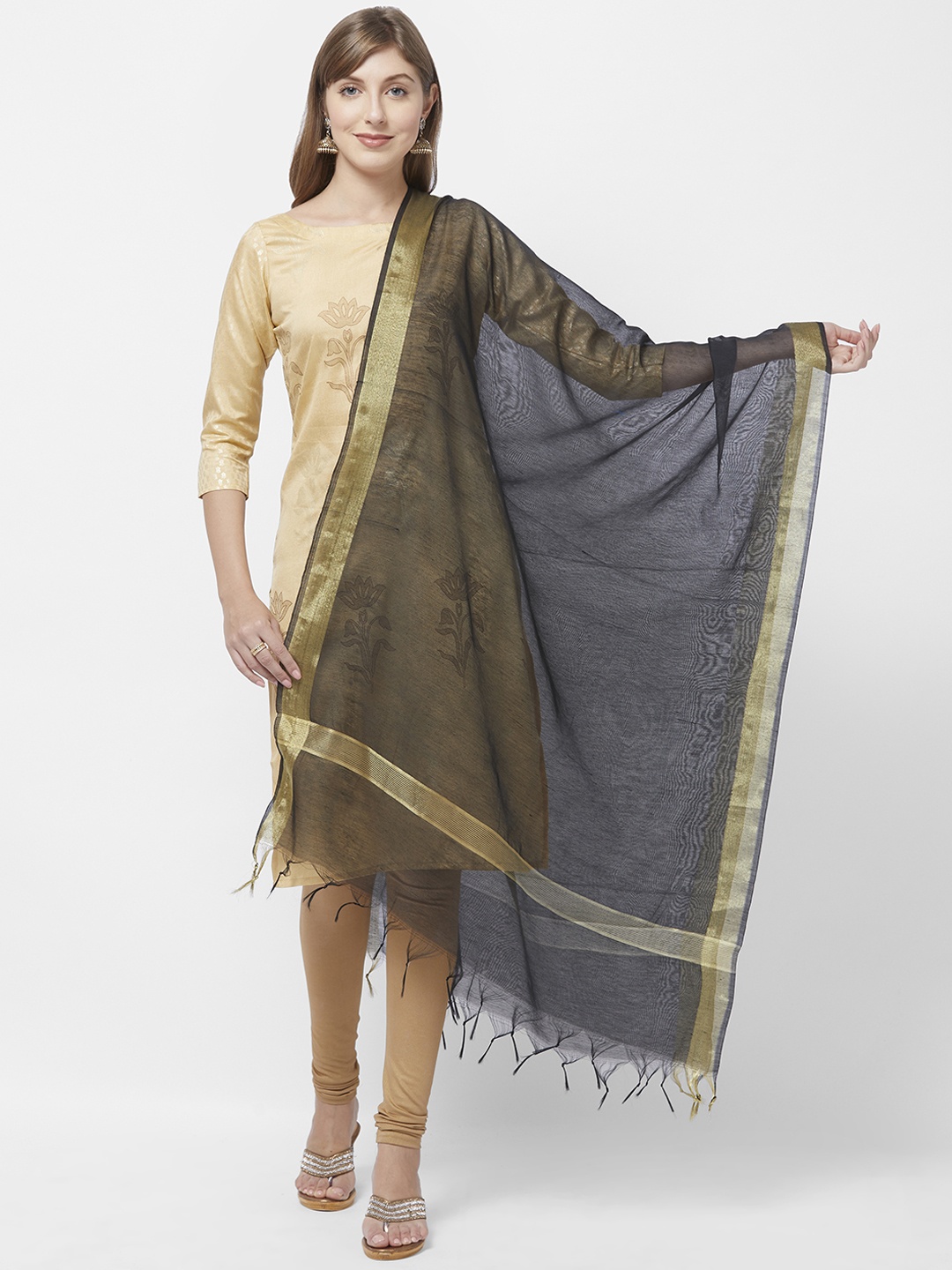How to Pick Camera-Ready Dresses That Look Better in Photos Than in the Mirror
Ever stood in front of the mirror, puzzled by how a dress looks off. This is why some outfits look stunning on screen but uninspiring in the mirror, and how to pick the ones that pop on both.

Master Photo-Ready Style: Find Dresses That Pop in Pictures, Outshining Their Mirror View
Every now and then, a moment arrives. You're dressing up for a friend's wedding, a big interview, or maybe just a casual dinner, and there it is: that one dress you had high hopes for. You slip it on, glance in the mirror, and feel a bit... meh. But later, you scroll through photos from the day and think, is that really me? That outfit looks amazing.
It's not magic, well, not exactly. It's a fascinating blend of fabric, colour, fit, and lighting that can either flatter or fail, depending on whether you're facing a lens or your own reflection. In a world where smartphones click more pictures than conversations happen, knowing what dresses photograph well isn't just helpful, it's empowering.
Let's dive into why some dresses are camera-ready and how to spot them the next time you go shopping.

Camera vs. Mirror: Choose Dresses That Truly Shine in Photos, Flattering Your Every Angle; Photo Credit: Pexels
1. Mirror vs Camera: Why They Don't See Eye to Eye
What you see in the mirror is not always what the world sees through a lens. The mirror reflects reality, but the camera captures a version of it, shaped by angles, lighting, resolution, and even the lens quality. The human eye adjusts automatically for shadows and depth. A phone camera, however, doesn't forgive. It flattens out curves, exaggerates shadows, and sometimes tweaks colours just enough to throw things off.
That's why a saree that looks simple in your bedroom mirror can suddenly glow in a Diwali photo with fairy lights in the background. Or why a kurti that felt dull suddenly comes alive under a ring light. It's not a trick, it's physics. Learning to see clothes not just through your own eyes but through the lens is the first step in understanding what truly flatters you.
2. Fabric Matters: Light Reflects, Texture Performs
Fabric is the unsung hero in the camera vs mirror debate. Some materials absorb light, others bounce it right back. Think of a cotton dress, practical and comfy, but often too matte to catch the eye in photos. Now picture satin or silk, they shimmer just enough to add dimension, catching light in all the right places.
Chiffon floats, while velvet adds drama. Rayon can cling, but georgette flows with elegance. When choosing a dress you might be photographed in, consider how the fabric interacts with light. This is especially true for events like weddings or festivals, where photos are a given. Dresses that pick up highlights naturally, without overwhelming the camera, tend to steal the show.
3. Colours That Pop on Camera (But May Feel Loud in Real Life)
Ever worn a bright mustard dress and felt unsure, only to find it glowing beautifully in photos? Some colours are born for the lens. Jewel tones, think emerald green, sapphire blue, ruby red, tend to look rich and striking in photos. On the other hand, pastel shades, though dreamy in person, can sometimes wash out on camera if the lighting isn't great.
It's also worth noting that darker colours slim you down on camera, while whites and neons tend to exaggerate. That doesn't mean you should avoid lighter hues, just be mindful of background and lighting. A powder blue salwar might look dreamy in a sunlit garden but flat under yellow tube lights.
Pro tip: When shopping, click a quick selfie in-store. It'll tell you more than any changing room mirror can.

Look Stellar in Pictures: Secrets to Picking Dresses That Photograph Better Than They Appear; Photo Credit: Pexels
4. The Fit Factor: Mirror Loves Comfort, Camera Loves Shape
There's a reason why that flowy maxi feels like a hug in the mirror but looks like a curtain on camera. The camera favours structure, silhouettes that define your waist, shoulders, or neckline. Tailored fits, cinched waists, or smart pleats help the camera read the shape better.
Loose fits, while comfortable, can add visual bulk in photos if they don't drape right. That said, this doesn't mean you must wear tight clothes. It just means opting for shapes that give your body some definition. Empire lines, wrap styles, A-line kurtis, these all photograph beautifully while staying wearable.
The goal is to balance comfort and contour. If the dress makes you feel confident, chances are the lens will pick that up too.
5. Prints That Please the Eye, and the Lens
Prints are tricky territory. Small, busy patterns can blur on camera, especially when taken from a distance. Large floral motifs or geometric designs, however, tend to hold their own. Polka dots, checks, and bold ethnic patterns usually translate well into photos.
When dressing for an event where photos are likely, be it a haldi function or a birthday bash, choose prints that won't get lost in translation. Avoid super fine prints unless you're going to be captured up close.
Also, pay attention to print placement. A beautiful print across the hem of a lehenga can look stunning in real life but might not even show up in seated photos. Prints on the bodice or upper half are generally safer bets.
Also Read: Dresses That Will Transform Your Wardrobe: 15 Must-Try Styles That Will Rock This Year
6. Lighting: Your Dress's Best Friend or Worst Enemy
No matter how stunning your dress is, poor lighting can ruin its charm in photos. Fluorescent lights (the harsh white ones in most trial rooms) tend to flatten everything, fabric, colour, and even your features. Natural light, especially the golden hour glow just before sunset, makes almost anything look good.
That's why wedding outfits often shine in outdoor day functions, the sunlight brings out their richness. Meanwhile, those same dresses might look dull under indoor banquet hall lights. So, when judging how a dress looks on camera, consider the light source. Soft, warm light will always give the most flattering outcome.
Think of lighting as the stage your dress performs on. The better the lighting, the more applause (and compliments) you'll get.

Unlock Your Best Photo Look: Select Dresses Designed to Flatter On-Camera, Not Just in Person; Photo Credit: Pexels
7. Accessories Can Make or Break the Look
A simple dress can look like a showstopper with the right accessories, and vice versa. A plain anarkali with oxidised jhumkas and a bold bindi? Picture perfect. A statement saree with clashing jewellery and a heavy bag? Maybe not.
The camera picks up everything, including clutter. So when accessorising, think about balance. If your dress is bright or printed, keep jewellery minimal. If it's plain, go bold. Bags, shoes, bangles, they're all part of the frame, so make sure they play well with your outfit.
A great hack: lay out your outfit with accessories and click a flat-lay photo before you wear it. You'll know immediately if something's off.
8. Posture And Pose: How You Wear It Matters
Even the most flattering dress can fall flat if posture betrays you. Shoulders slouched, arms hanging stiff, the dress can't save the shot. Confidence translates directly through the lens. So does comfort.
Standing tall, relaxed shoulders, and a soft smile, they all bring the outfit to life. Try practising a few go-to poses. Maybe a casual cross-leg lean or the classic one-hand-on-hip pose. These help show off the dress's shape and structure, especially in full-length shots.
What looks good in a mirror while you're standing still might need a little drama in photos. A twirl, a toss of the dupatta, movement adds magic. Wear the outfit, don't let it wear you.
9. Editing Apps Can Be Both a Blessing and a Curse
Let's be honest, everyone touches up their photos a little. Whether it's adjusting brightness or smoothing wrinkles, filters are part of the game now. But the best edits start with a strong base. A well-chosen dress with a flattering colour, good fit, and clean background needs very little help.
Over-edited photos, however, can make even the best outfit look artificial. Over-sharpened images can ruin textures, while overly warm filters can distort colours.
The idea isn't to fake it, it's to enhance what's already working. If a dress consistently needs heavy editing to look good in photos, it might not be the most camera-friendly piece in your wardrobe.

Why Dresses Look Better in Photos Than in the Mirror: And How to Pick CameraReady Styles
Photo Credit: Pexels
10. How To Shop Smart: Spotting Camera-Ready Outfits
So, how do you choose a dress that will look great in both the mirror and on camera? Here's a cheat sheet:
- Test lighting: Always check how it looks in natural and artificial light.
- Click and compare: Don't trust the mirror alone. Take photos from different angles.
- Feel the fabric: If it reflects light naturally or has good drape, it's promising.
- Pick your palette: Rich colours tend to do better than washed-out ones.
- Mind the fit: Structure over size, always.
- Try movement: Walk, twirl, sit, see how the dress behaves.
Most importantly, trust your instincts. If you feel amazing in something, the camera usually agrees. A confident smile can outshine even the dullest kurta.
Products Related To This Article
1. DressBerry Navy Blue Embroidered Tiered A-Line Dress
2. Azira Ethnic Motif Print Mandarin Collar Short Puff Sleeves Cotton A-Line Midi Dress
3. Anayna Women Checked Cotton Fit & Flare Maxi Dresses
4. all about you Puff Sleeve Lace A-Line Midi Dress
5. Antheaa Floral Print Chiffon Fit & Flare Midi Dress
6. StyleCast Grey & Yellow Floral Printed Chiffon A-Line Dress
7. RAREISM Women Tropical Printed Fit - Flare Dress
Dresses that dazzle on camera often follow a hidden playbook, one made of smart fabrics, thoughtful colours, flattering fits, and a little bit of self-awareness. The mirror gives you a moment, but the camera captures a memory. And in that memory, you deserve to look your best.
So the next time you stand in front of the mirror feeling unsure, try taking a photo. You might just find your new favourite outfit, not in the reflection, but in the frame. Lights. Camera. Outfit. You're ready. Shop now on Myntra.
Disclaimer: The images used in this article are for illustration purpose only. They may not be an exact representation of the products, categories and brands listed in this article.








